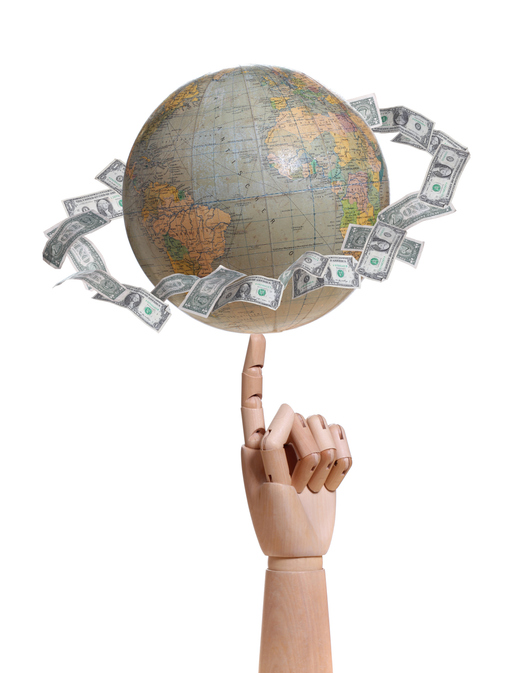Sometimes it feels like the world’s gone crazy. Wars, trade disputes, political turmoil, assassinations and other headlines that make your stomach churn. It is enough to make any investor want to curl up in a fetal position and just keep their money close to home. I get it.
However, it is important to step back from human tragedies and to consider the technical implications of our investment strategies.
Despite all the chaos, international investing still matters. In fact, spreading your investments across the globe — what we financial folks call “international diversification” — is one of the smartest, time-tested ways to manage risk and pursue long-term growth.
International investing spreads your money across different economies, industries and political systems. So if one region struggles, others may be thriving.
U.S. markets have been the stars of the show for over a decade, but history tells us that market leadership changes. There have been long stretches when international markets outperformed the U.S., like the 1980s, early 2000s and even parts of the last decade. If all your eggs are in the U.S. basket, you could miss out. For example, this year the index of developed markets (foreign) stocks is up 24%. Our S&P 500 index is up 10%. Why? Well, for one thing, international stocks are more attractively priced versus our frothier priced domestic stocks.
Sure, international investing comes with challenges. The implementation of tariffs can create uncertainty in global markets, leading to increased volatility. Currency values can rise and fall. And yes, headlines from abroad can be downright scary.
But risk is everywhere, including in our own backyards. Remember the tech crash? The housing crisis? COVID? Risk does not stop at the border. Ironically, by adding international investments, you are actually reducing your overall risk because you are not betting everything on one country’s success.
So how much in international investments should you own? There’s no one-size-fits-all answer, but many well-diversified portfolios include up to 30% in international stocks and maybe a smaller slice in international bonds.
We do not live in a bubble anymore. Whether it is iPhones made in China, coffee beans from Colombia or cars assembled in Mexico, our daily lives are tied to the global economy. So do not let scary headlines or political noise talk you out of the world’s potential. A little bit of the globe in your portfolio can go a long way.
In summary, even if tariffs temporarily affect prices or growth, long-term trends are driven by demographics, innovation and productivity — factors that transcend short-term trade disputes.
Stick with a plan, stay diversified and remember — money, like people, often grows when it gets out and sees the world.
This article originally appeared in the Knoxville News Sentinel online on September 19, 2025.



